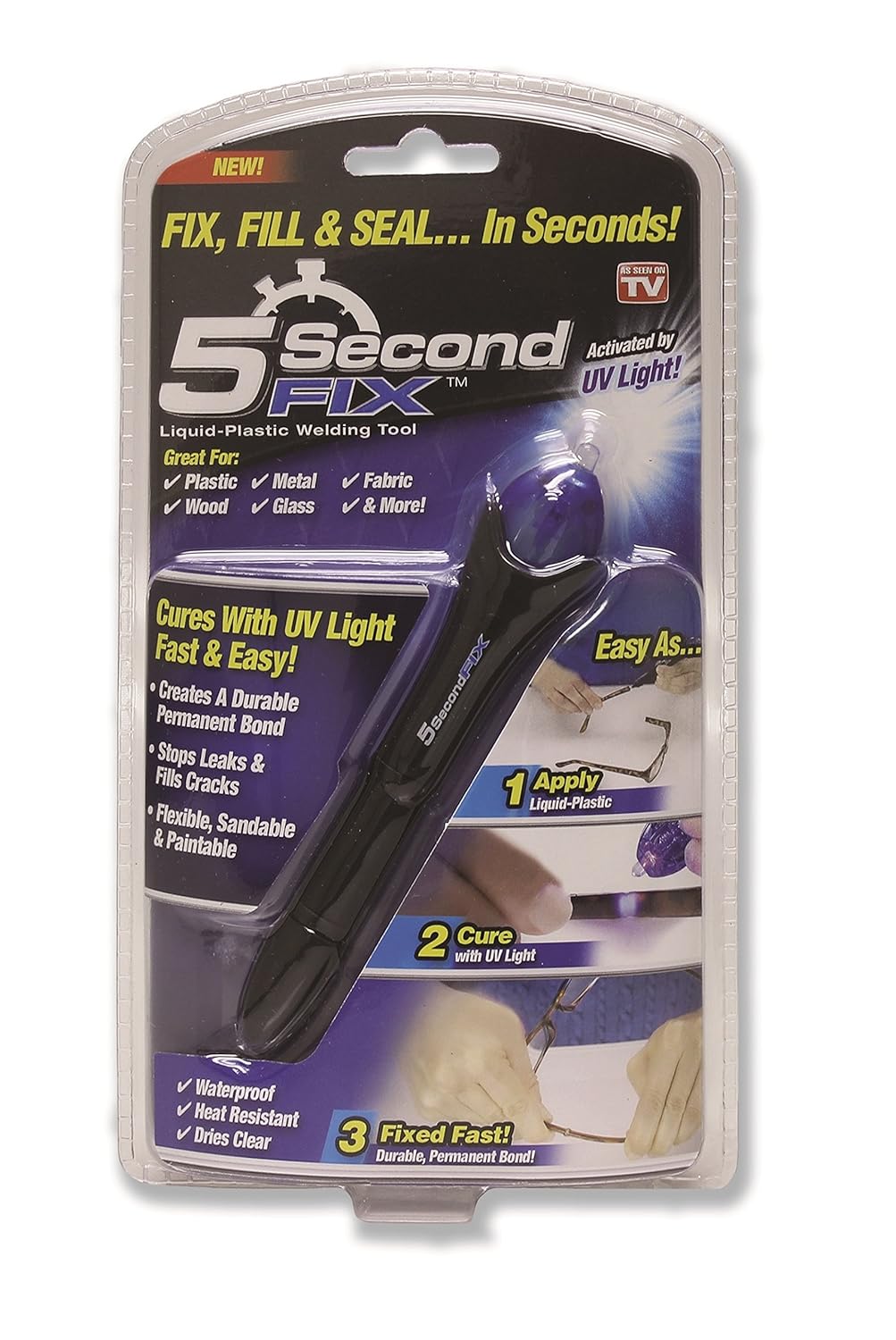I recently got a setup intended for fly-tying that's basically water-clear superglue and an LED UV lamp. This stuff is really something -I left a drop in the windowsill all week and it never even started to thicken. A quick zap with the UV and it's rock-solid.
I had a nut replacement job today and the previous tech had lacquered over masking tape on the binding (???). When I removed it there was a fair step that needed building up in the polyester clear coat. I used the superglue, got the thickness and flow just right for a perfect finish (you can take your time - it won't go off) and then gave it a 30 second exposure. Only needed buffing and it's invisible.
Dan Erlewine mentions it in the Repair Guide, but this is the first time I've used it. Highly recommended.
I had a nut replacement job today and the previous tech had lacquered over masking tape on the binding (???). When I removed it there was a fair step that needed building up in the polyester clear coat. I used the superglue, got the thickness and flow just right for a perfect finish (you can take your time - it won't go off) and then gave it a 30 second exposure. Only needed buffing and it's invisible.
Dan Erlewine mentions it in the Repair Guide, but this is the first time I've used it. Highly recommended.

Comment